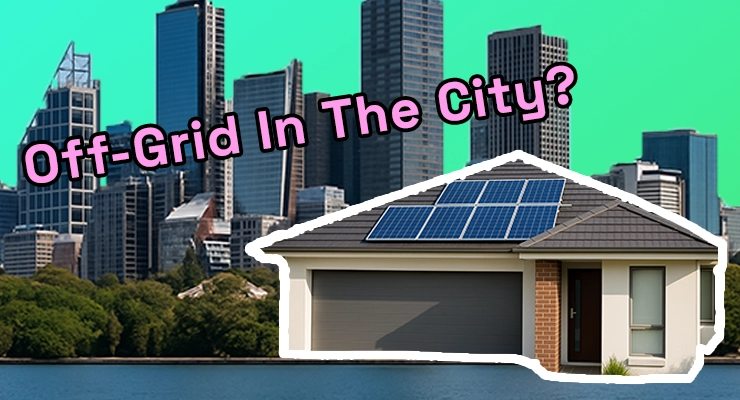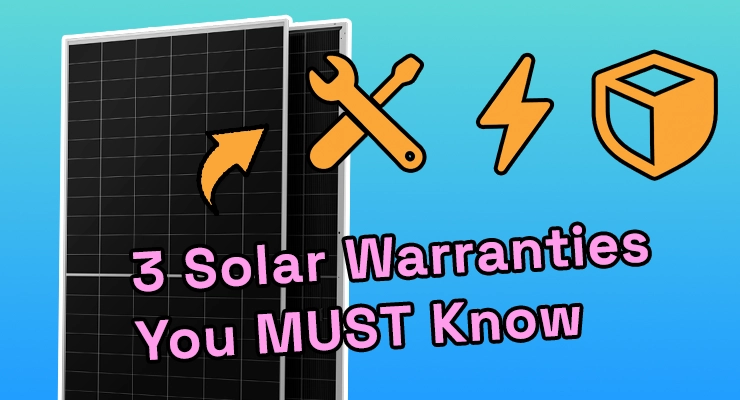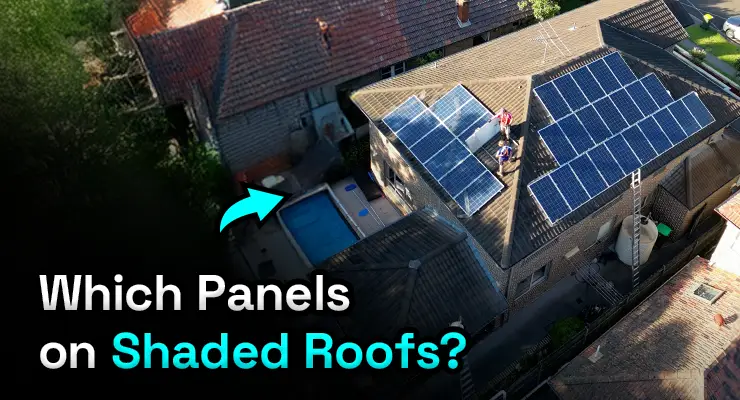
Fast read
Choosing the right solar system size is essential for meeting your energy needs efficiently. To determine the ideal size, consider the following:
- Electricity Usage: Review your past 2-3 electricity bills to gauge your daily consumption (in kWh).
- Future Needs: Predict future changes, like electric vehicles or additional family members, to plan for increased demand.
- Oversizing: Slightly oversize your system (10-20%) for unexpected energy usage spikes and cloudy days.
- Conversion to kW: Solar panels are rated in kilowatts (kW), with 1 kW generating around 4 -5 kWh daily.
- Roof space: Ensure your roof can accommodate the desired system size or consider alternatives.
- Orientation: Optimal panel orientation depends on location, consumption patterns, and roof layout.
- Shading: Minimise shading from trees or structures for better panel efficiency.
- Budget: Evaluate costs versus benefits and consider feed-in tariffs for income.
- Professional advice: Consult local experts for tailored recommendations.
What size solar system should I get?
If you are ready for your first solar system, it is essential to get the right-sized solar system. This will ensure you get enough electricity to power your home while getting the best bang for your buck.
How much electricity do you use?
Without checking your electricity bills for the past 12 months – or even earlier you are travelling in the dark without knowing how much electricity you use now and when you use it. Also, when determining your solar system size – consider how much electricity you might need in the future.
Do you have young children who will be teenagers in a decade and use more electricity? Will you move your gas heating and cooking to electric appliances? Without this information, you can’t accurately size your solar system for now and in the future.
The best source of this information is your household electricity bills from the past 4 to 6 quarters. These energy bills will show you how much power you have used over some periods in kWh. The typical electricity bill will have a section called “average daily use”. This is even easier if your smart meter has been installed, as in such an instance, sometimes even more data will be available for your solar installer to make an informed recommendation.
How much power will you use in the future?
If it is of decent quality, you can expect your solar system to remain on your roof for some decades. Therefore, you should try to predict how much electricity you will need in the future so that the solar system you install today will account for future solar batteries and one or two electric car additions.
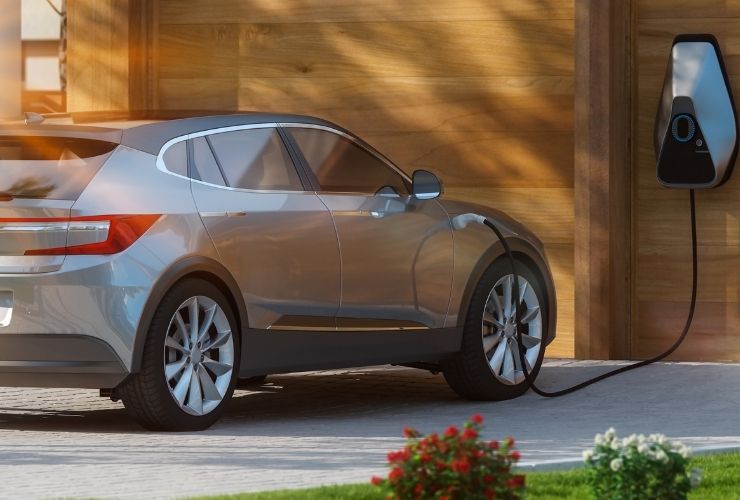
Some considerations include whether you will be working from home in the future, whether there will be more people in the house, whether you will be renovating the house and expanding it or whether you are looking at one, two or even three electric vehicles are all questions that will help determine the future size of your required solar system.
The simple solution is to calculate your current need and then add 20% to 40% capacity for solar batteries and an electric car – if you see yourself purchasing such products in the future.
While it is possible to expand or upgrade your solar system in many cases, it is often not as easy as some solar salesperson wants you to believe. Often the reason is that the installation rules have changed, and if you want to upgrade an older solar system, all the new compliance rules must be added to the older system, which can be costly.
Find the best size for your solar system
Now that you have your daily electricity consumption and have considered future changes, you can begin calculating the best size solar system for you. For this calculation, we will assume you are getting a grid-connected solar system, as it is by far the most common type.
Solar panels are rated using kW, where 1kW is equivalent to about 4- 5kWh of electricity generation per day, depending on where you are in Australia. There is a great output calculator on this website, which can help you with the calculations for each available postcode in Australia.
This can vary depending on the day’s climate, the solar panels’ orientation, your location, etc. For example, if it is a sunny day, you may get 5kWh per kW, but on a cloudy day, you may get 3kWh.
Therefore when sizing your solar power system, the goal is to cover your daily electricity consumption at a minimum. For example, if your daily average electricity consumption is 50kWh, you want your solar system to produce all that electricity and a little extra, so on cloudy days you are still getting solid savings.
Getting it bigger makes sense
So if you have the budget, it can be worth oversizing the solar PV system, especially if you have room on your roof. A general recommendation is to oversize your solar system by 10-20%. If your daily consumption is 50kWh, you should consider a solar system suitable for daily consumption of 55-60kWh.
Not only does this leave room for changes in the future, as previously mentioned, but covers dreary days. You may average 50kWh of electricity daily, but what if something happens and you use 70kWh hours one day? If your system is only rated to power 50kWh, you must pay for expensive electricity from the grid if you use more.
After deciding how many kWh you need we suggest dividing that number by four as an average estimate, and that will be the kW solar system size you should aim for. So if you use 50kWh daily, you would want a 12.5kW system or around there. Be sure to speak to a local solar professional before, though, as 1kW being equivalent to 4kWh may be slightly different in your area.
Physical limitations
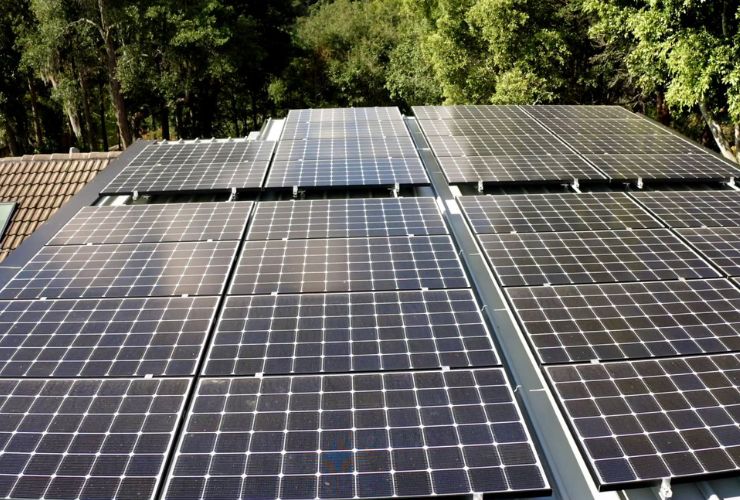
Now that you understand what kW solar system you need, you must also consider physical limitations. This relates to your roof. If you cannot fit the required panels on your roof, you may need to look into mounting solar panels on the ground or a solar carport.
You may face external obstacles as well. Trees, buildings or other structures may put a shadow on your roof. If this shading is not manageable, via microinverters or optimisers it may not be worth putting a panel in that part of the roof.
Freestanding Australian homes usually have sufficient roof space to support around a 6-8kw solar system, which is sometimes not as big as some larger homes require. Roofs with unusual pitches, lots of gables and heavily shaded areas can reduce the available and useful roof area. Experienced solar installers can often make the most of roof space by mounting solar panels both vertically and horizontally to fit the most on the available roof space.
To maximise the sunlight hitting the solar panels, facing north is a good position for panels. However, this is not always possible, and northeast, northwest, east and west are also good directions. For example, the west is an ideal direction if you often run the air-conditioning in the afternoon.
The best orientation for your panels should be determined by your solar installer based on your roof layout, electricity consumption patterns, location, nearby vegetation and household needs.
So how large of a solar system is right for me?
The minimum goal is to provide enough power for your household’s daily consumption. Adding additional solar panels might not make sense if your power consumption is 35kWh on one day a month but 25kWh on most days. A 6-7 kW solar system could be used in this case, and you would have to import some electricity for those rare higher consumption days.
Solar panels are very affordable now, and it is possible to get a bigger solar system, just in case your consumption increases in the future. In 2023 the average solar system installed will be at least 8kW. This is a reasonable size to target for most homes.
However, larger solar systems with 10 to 15kW are becoming more popular, particularly if they include a solar battery and a car charger. Unfortunately, not all homes will have the roof space to accommodate such a relatively large solar PV system.
Why?
Excess solar electricity can also make hot water, charge an EV or fill a solar battery. A larger solar system will avoid having to upgrade in the future. The excess power you send into the grid will allow more solar-sourced electricity to be available for neighbouring homes. If you want to enter your billing information and calculate the correct size solar system, try the system size calculator.
